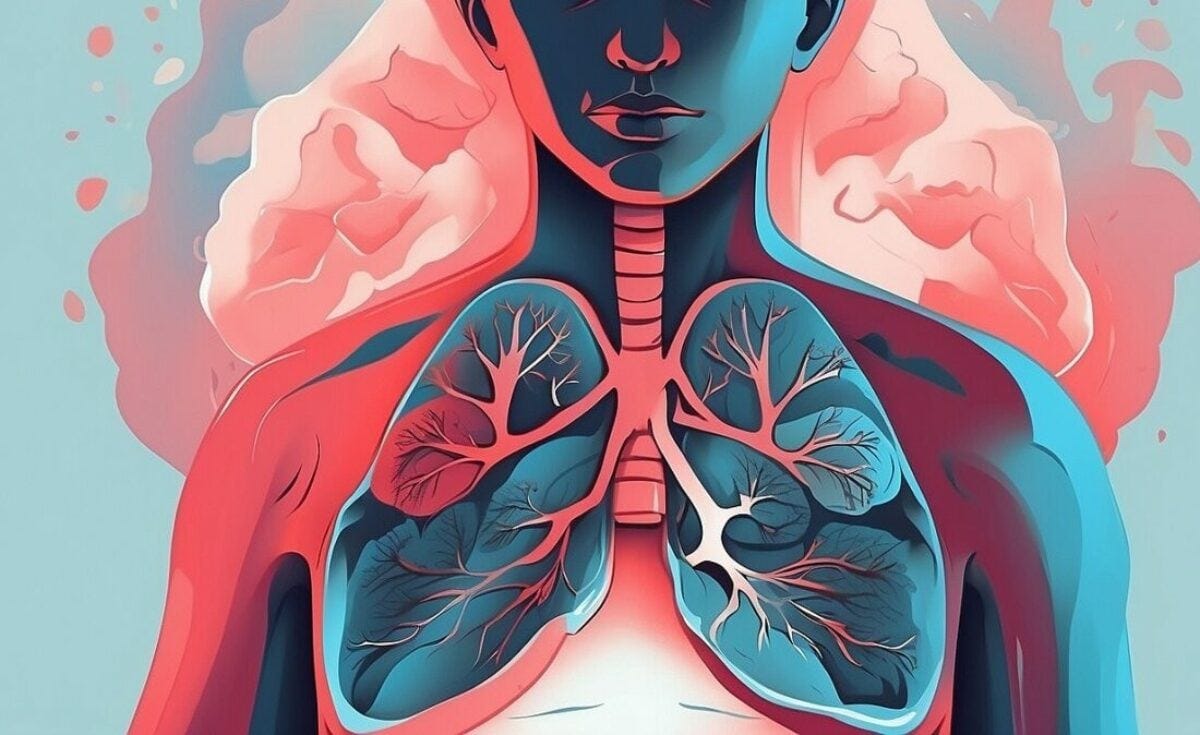Uncovering Cystic Fibrosis
Written by Laasya Alampali
What is Cystic Fibrosis?
Cystic fibrosis (CF) is an inherited, or genetic, disease that affects organs including the lungs and the pancreas. This medical ailment occurs due to the excessive buildup of thick, sticky mucus around the organs, which compromises them. Additionally, cysts and scarring form on the pancreas, which diminishes its capability to secrete digestive enzymes.
Average individuals - those without CF - also have mucus in their bodies which lines their organs. However, the mucus for average individuals possesses the qualities of being thin and watery, a stark contrast to the mucus of bodies with CF. This trait is attributed to a genetic mutation of people with cystic fibrosis which occurs before birth. This mutation occurs on the cystic fibrosis transmembrane conductance regulator (CFTR) gene.
Genetics and Proteins
Cystic fibrosis is an inherited autosomal recessive disease. This disease arises when a child inherits two mutated CFTR genes, one from each biological parent. In most cases, the biological parents do not bear cystic fibrosis themselves, however, they are carriers of the mutant gene. Since CF is autosomal recessive, having a singular copy of the mutated CFTR gene will not lead to its inheritance.
The CFTR gene provides instructions for a protein that works as an “ion gateway,” for a cell’s semipermeable membrane. This gateway allows for the passage of chloride ions out of the cell, these ions take water with them, therefore thinning out the mucus. The mutation of the CFTR gene prevents this process from occurring, consequently resulting in thicker mucus and an increase in the amount of salt in sweat.
Atypical CF versus Classic CF
Classic CF tends to be more critical than atypical CF, as it affects numerous organs. Classic cystic fibrosis is usually identified in the first few years of a child’s life. On the other hand, atypical CF presents itself in older children or young adults due to the milder symptoms. The general properties of atypical cystic fibrosis consist of the body only possessing one severe genetic mutation, resulting in a single organ being affected. Additionally, the symptoms of this variant of the disease tend to come and go rather than being present for one’s entire life.
Six Feet Apart
Cystic fibrosis is used as the barrier between love in a multitude of films and TV shows, acting as the “antagonist,” separating two soulmates. So, why can’t two people with cystic fibrosis be together? Individuals with CF are more vulnerable to allowing germs and bacteria into their body which can worsen their symptoms and rapidly decline lung function. This is known as cross-infection. Although two CF-infected persons may have the best intentions, ultimately, being together destroys their bodies much more than being apart shatters their hearts.
References
Cystic fibrosis. (2024, August 7). Cleveland Clinic.
https://my.clevelandclinic.org/health/diseases/9358-cystic-fibrosis
Cystic fibrosis - Symptoms and causes - Mayo Clinic. (2021, November 23). Mayo Clinic. https://www.mayoclinic.org/diseases-conditions/cystic-fibrosis/symptoms-causes/syc 20353700
Five feet apart. (n.d.). Cystic Fibrosis Foundation. https://www.cff.org/get-involved/five-feet apart#:~:text=For%20people%20with%20CF%2C%20being,faster%20decline%20in%20 lung%20function.
Written by Laasya Alampali from MEDILOQUY


